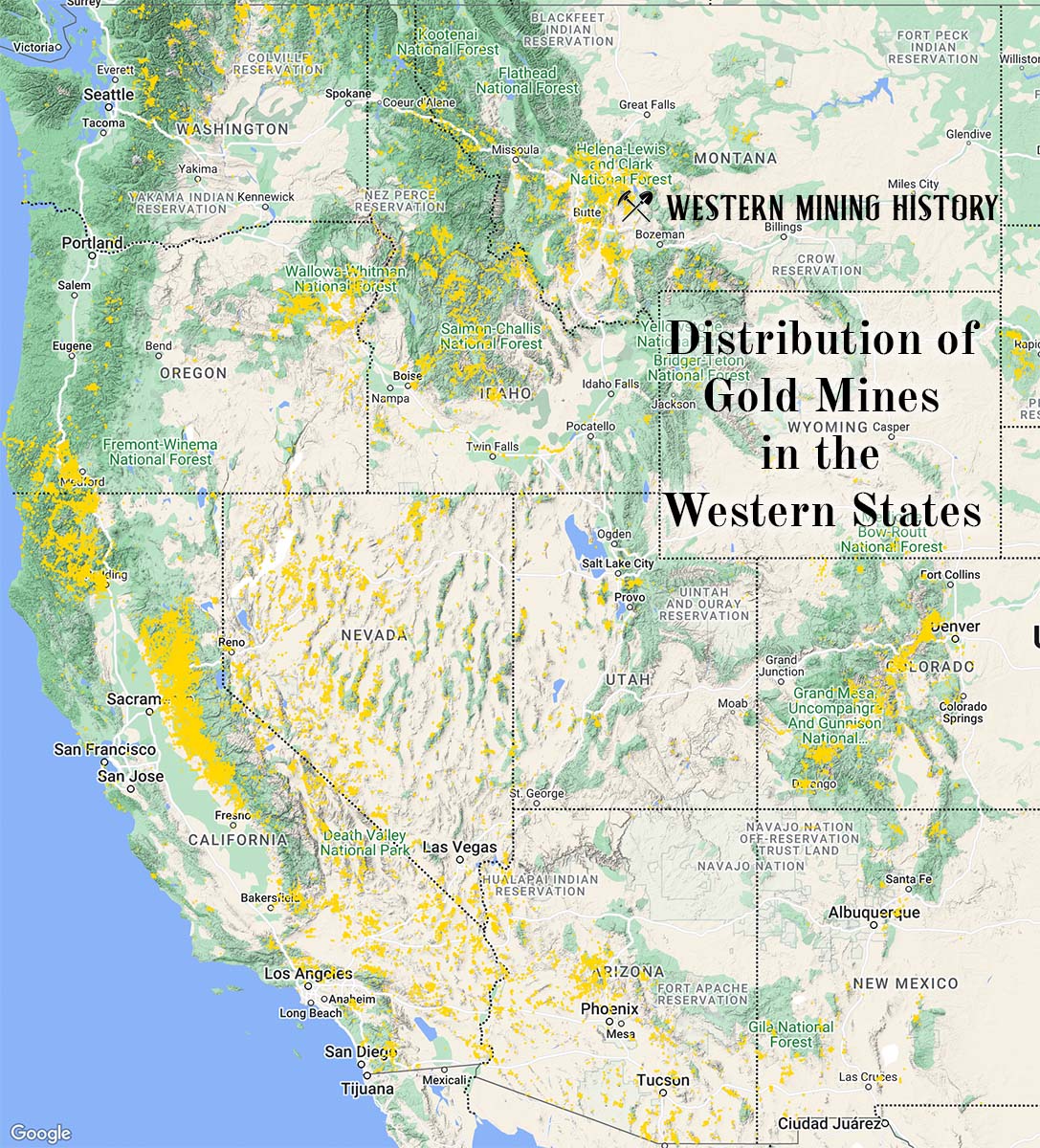The Double Glacier is a gold, zinc, and copper mine located in Alaska.
About the MRDS Data:
All mine locations were obtained from the USGS Mineral Resources Data System. The locations and other information in this database have not been verified for accuracy. It should be assumed that all mines are on private property.
Mine Info
Double Glacier MRDS details
Site Name
Primary: Double Glacier
Commodity
Primary: Gold
Primary: Zinc
Primary: Copper
Location
State: Alaska
District: Reboubt
Land Status
Not available
Holdings
Not available
Workings
Not available
Ownership
Not available
Production
Not available
Deposit
Record Type: Site
Operation Category: Occurrence
Operation Type: Unknown
Years of Production:
Organization:
Significant:
Physiography
Not available
Mineral Deposit Model
Model Name: Massive sulfide, kuroko
Orebody
Not available
Structure
Not available
Alterations
Alteration Type: L
Alteration Text: The Double Glacier occurence has alteration characteristics of a Kuroko type massive sulfide deposit that include sulfate alteration and silification.
Rocks
Not available
Analytical Data
Not available
Materials
Ore: Sphalerite
Ore: Pyrite
Ore: Gold
Gangue: Quartz
Gangue: Gypsum
Gangue: Calcite
Gangue: Barite
Comments
Comment (Workings): Workings / Exploration = The occurence was discovered by Anaconda Minerals in 1982 as part of an exploration program at the Johnson River prospect. To date there has been detailed mapping, stream and soil geochemical surveys, and surface trenching and sampling. No assay results are avaible.
Comment (Geology): Age = Jurassic massive sulfide.
Comment (Exploration): Status = Inactive
Comment (Deposit): Other Comments = This occurrence is owned by Cook Region Native Association.
Comment (Deposit): Model Name = Kuroko massive sulfide (Cox and Singer, 1986; model 28a)
Comment (Geology): Geologic Description = The Double Glacier occurrence is within the lower Jurassic Talkeetna Formation, an approximately 2,575 meter thick sequence of volcanic and volcaniclastic rocks (Determan and Hartsock, 1966). The volcanic section near the prospect is structurally bounded on the west by the Bruin Bay Fault, a major fault system traceable for over 500 kilometers. On the east, the volcanics are unconformably overlain by upper Jurassic marine sediments (Determan and Hartsock, 1965). The Talkeetna Formation is intruded by rocks of the Aleutian range -Talkeetna Mountain plutonic belt approximately 23 km. southwest of the prospect. These intrusives which consist dominantly of coarse-grained quartz diorites and quartz monzonites have been dated between 175 and 145 m.y. ( Steefel, 1987). . At the Double Glacier occurrence, the Talkeetna Formation has been divided into three major groups (Steefel, 1987). The lowest group consist of purple and green andesite flows and breccia which locally show well-developed pillows. The middle group that host the mineralization, consists of coarse-grain felsic breccias, reworked volcaniclastic rocks, crystal tuff, and dacite flows. The upper group consist of polymitic andesitic breccias and conglomerates with andesitic flows. Informally, the middle group has been named the Johnson unit (Steefel, 1987). Numerous structures within the unit including turbidites and reverse graded bedding indicate a subaqueous origin. . The mineralization consists of strataform massive sulfide layers and lens which contain pyrite, chalcopyrite, and sphalerite. There are no published assay results for this occurrence William Ellis (personal communcation, 1999) speculates that this occurrence is an upper portion of a Kuroko type massive sulfide deposit.
References
Reference (Deposit): Steefel, C.I., 1987, The Johnson River Prospect, Alaska: Gold rich sea-floor mineralization from the Jurassic: Economic Geology, V. 82, p. 894-914.
Reference (Deposit): Swainbank, R.C., Bundtzen, T. K., Clough A.H., and Henning, M.W., 1997, Alaska's mineral industry 1996: Alaska Division of Geological and Geophysical Surveys Special Report 51, 68 p.
The Top Ten Gold Producing States

These ten states contributed the most to the gold production that built the West from 1848 through the 1930s. The Top Ten Gold Producing States.